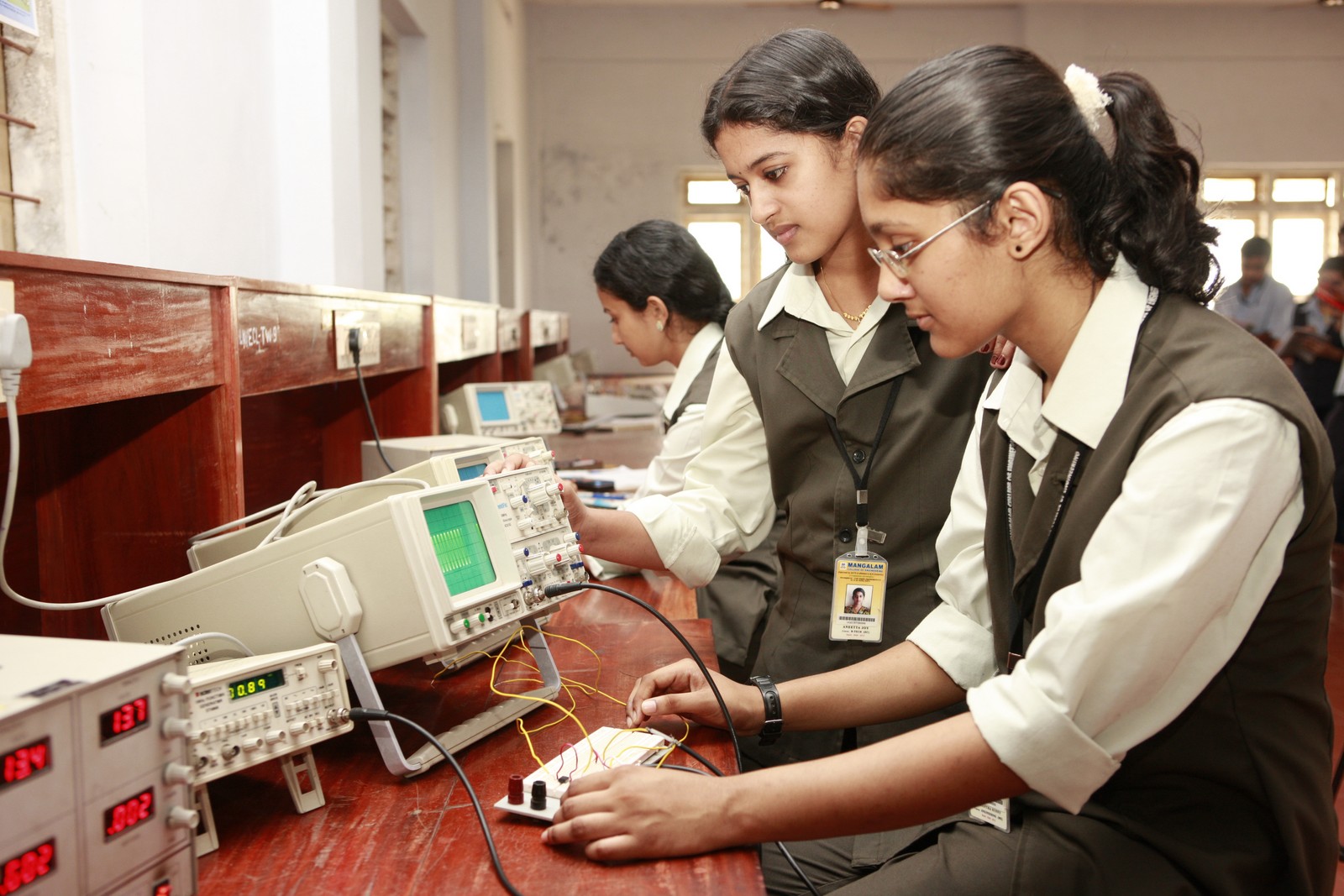
La rettifica è un processo di lavorazione abrasiva che utilizza una mola come utensile da taglio. Una mola è uno strumento di precisione con migliaia di punte taglienti sulla sua superficie: grani abrasivi che sono tenuti in posizione da una matrice di legame (quindi questi sono noti come abrasivi legati) e separati da pori. Quando la mola è in uso, i grani abrasivi tagliano il materiale che viene rettificato, rimuovendo il materiale superficiale indesiderato in piccoli trucioli.
Ci sono vari gradi di mole disponibili sul mercato e ogni mola ha il suo grado scritto su di essa. Ma abbiamo mai pensato a cosa significano questi voti? Decodificheremo il grado della mola in questo articolo.
Quando si seleziona la mola perfetta per il proprio progetto, è importante conoscere il grado di quella mola. Ogni mola è contrassegnata dal produttore con uno stampino o una piccola targhetta. I produttori hanno elaborato un sistema standard di marcatura come mostrato nella figura seguente. Ad esempio, utilizzare una ruota contrassegnata A36-L5-V23. La A si riferisce all'abrasivo che è ossido di alluminio. Il 36 rappresenta la granulometria. La L mostra il grado o il grado di durezza, che è medio. Il 5 si riferisce alla struttura della ruota e la V al tipo di legame.
TIPO ABRASIVO:
Sono disponibili 4 tipi principali di grani abrasivi per mole, questi sono ossido di alluminio ceramico, carburo di silicio, allumina di zirconio, ossido di alluminio.
GRANA ABRASIVA:
I grani abrasivi vengono selezionati in base alla maglia di un setaccio attraverso il quale vengono selezionati. Ad esempio, la grana numero 40 indica che la grana abrasiva passa attraverso un setaccio avente circa 40 maglie per pollice lineare. Una mola è designata grossolana, media o fine a seconda della dimensione dei singoli grani abrasivi che compongono la mola.
GRADI DI DUREZZA:
Il grado di una mola indica la durezza del materiale legato. Di seguito sono elencati esempi di tali gradi:
Una ruota morbida è quella su cui le particelle di taglio si staccano rapidamente mentre una ruota dura è quella su cui il legame si oppone con successo a questa rottura della grana abrasiva.
STRUTTURA:
La forza di adesione di una mola non dipende interamente dal grado di durezza, ma dipende ugualmente dalla struttura della mola, ovvero dalla spaziatura della grana o dalla sua densità. La struttura o la spaziatura è misurata in numero di grani per pollice cubo di volume della ruota.
TIPO DI OBBLIGAZIONE:
Ciò significa come la ruota trattiene gli abrasivi; influisce sulla finitura, sul liquido di raffreddamento e sulla velocità minima/massima della ruota.
Quindi, ora sai come leggere il grado della mola. Grazie per aver letto questo articolo.
Grinding is an abrasive machining process that uses a grinding wheel as the cutting tool. A grinding wheel is a precision tool with thousands of cutting points on its surface - abrasive grains that are held in place by a bond matrix (hence these are known as bonded abrasives) and separated by pores. When the wheel is in use, the abrasive grains cut into the material that is being ground, removing the unwanted surface material in small chips.
There are various grades of grinding wheels available in the market and every grinding wheel has its grade written on it. But have we ever thought what these grades mean? We will decode the grade of the grinding wheel in this article.
When selecting the perfect wheel for your project, it is important to know the grade of that grinding wheel. Every grinding wheel is marked by the manufacturer with a stencil or a small tag. The manufacturers have worked out a standard system of markings as shown in the figure below. For example use a wheel marked A36-L5-V23. The A refers to the abrasive which is aluminum oxide. The 36 represents the grain size. The L shows the grade or degree of hardness, which is medium. The 5 refers to the structure of the wheel and the V refers to the bond type.
ABRASIVE TYPE:
There are 4 main types of abrasive grains available for grinding wheels, these are Ceramic Aluminium Oxide, Silicon Carbide, Zirconia Alumina, Aluminium Oxide.
ABRASIVE GRAIN SIZE:
Abrasive grains are selected according to the mesh of a sieve through which they are sorted. For example, grain number 40 indicates that the abrasive grain passes through a sieve having approximately 40 meshes to the linear inch. A grinding wheel is designated coarse, medium, or fine according to the size of the individual abrasive grains making up the wheel.
GRADES OF HARDNESS:
The grade of a grinding wheel designates the hardness of the bonded material. Listed below are examples of those grades:
A soft wheel is one on which the cutting particles break away rapidly while a hard wheel is one on which the bond successfully opposes this breaking away of the abrasive grain.
STRUCTURE:
Bond strength of a grinding wheel is not wholly dependent upon the grade of hardness but depends equally on the structure of the wheel, that is, the spacing of the grain or its density. The structure or spacing is measured in number of grains per cubic inch of wheel volume.
BOND TYPE:
This means how the wheel holds the abrasives; affects finish, coolant, and minimum/maximum wheel speed.
So, now you know how to read the grade of grinding wheel. Thank you for reading this article.

- Log in to post comments